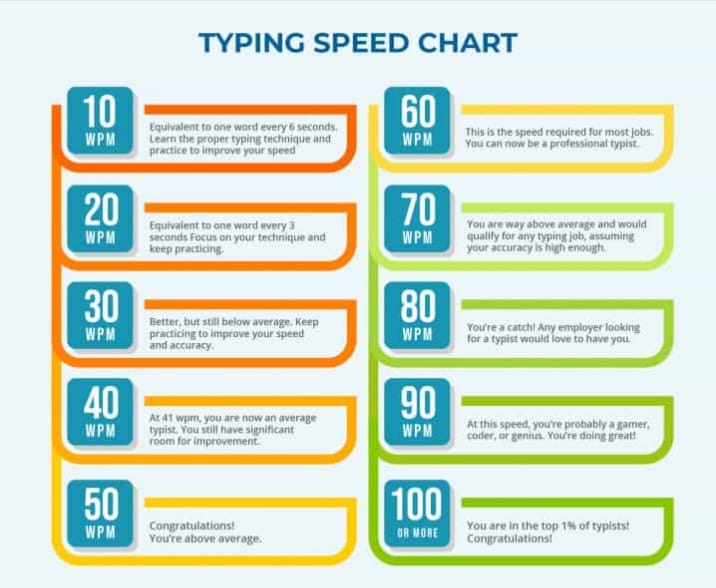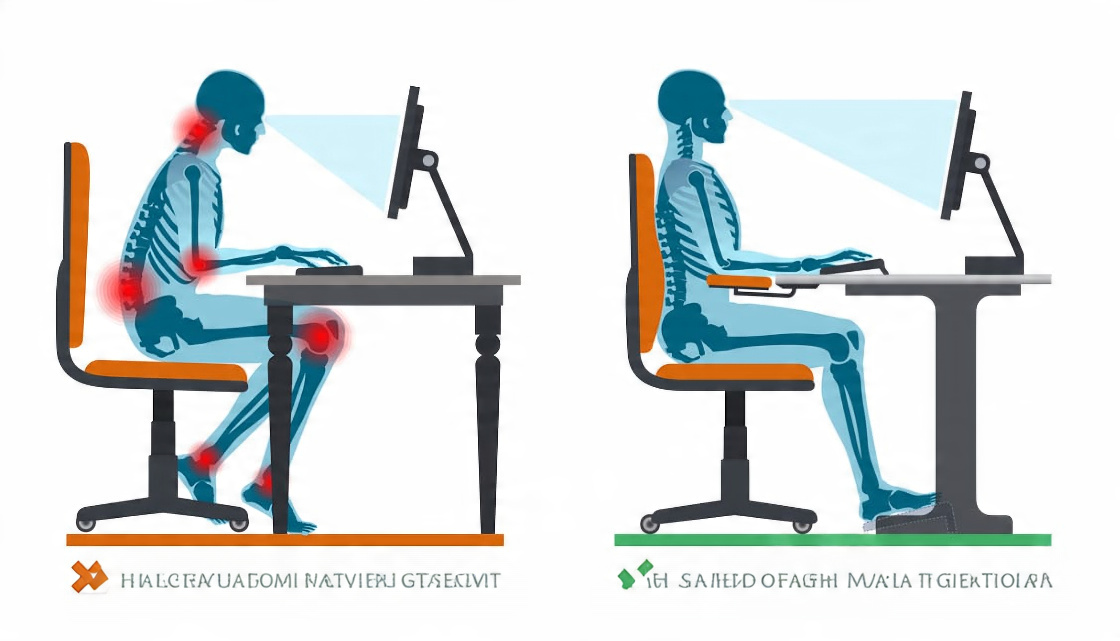How to Avoid Wrist Pain: A Complete Guide to Typing Ergonomics
If you spend your day working at a computer, you’ve probably felt it: that dull ache in your wrists, the stiffness in your fingers, or the tension in your shoulders. These aren't just minor annoyances; they are warning signs from your body that your typing setup may be causing harm.
Poor typing habits can lead to repetitive strain injuries (RSI) like carpal tunnel syndrome. The good news is that most of these issues are preventable. By focusing on typing ergonomics—the science of setting up your workspace for maximum efficiency and safety—you can type comfortably and protect your long-term health.
1. Your Chair and Posture: The Foundation
Everything starts with how you sit. If your posture is off, your entire body will be out of alignment.
- Feet on the Floor: Both of your feet should be flat on the floor or on a footrest. Avoid crossing your legs.
- Back Support: Your lower back should be supported by the chair's lumbar curve. Sit up straight, with your shoulders relaxed.
- Screen at Eye Level: The top of your monitor should be at or just below eye level. You shouldn’t have to tilt your head up or down to see it.
2. Your Desk and Keyboard Position
This is where most people get it wrong. The goal is to keep your wrists in a neutral, straight position.
- Elbows at a 90-Degree Angle: Adjust your chair height so that when your fingers are on the keyboard, your elbows are bent at a roughly 90-degree angle.
- Keep Wrists Straight: Your wrists should not be bent upwards or downwards as you type. Imagine a straight line running from your elbow, through your wrist, to your fingers.
- Avoid Resting on Hard Edges: Don’t rest your wrists on the sharp edge of your desk. If needed, use a padded wrist rest, but use it to support the palms of your hands, not your wrists directly.
3. Typing Technique Matters
How you type is just as important as your setup. The core principle of ergonomic typing is to minimize strain.
- Float Your Hands: Ideally, your wrists should "float" just above the keyboard as you type, rather than being planted on a wrist rest. This encourages you to use your whole arm to move your hands, reducing strain on your delicate wrist tendons.
- Use a Light Touch: Don't hammer the keys. Modern keyboards require very little force. A light, gentle touch is more efficient and much easier on your finger joints.
4. Listen to Your Body: Breaks are Non-Negotiable
Even with a perfect setup, staying in one position for too long causes fatigue. Regular breaks are the most effective way to prevent injury.
- The 20-20-20 Rule: Every 20 minutes, look at something 20 feet away for 20 seconds. This helps reduce eye strain.
- Take Micro-Breaks: Every 30-60 minutes, get up, stretch, and walk around for a couple of minutes. Roll your shoulders and gently stretch your wrists and fingers.
Your Health is Your Most Important Asset
Adopting proper typing ergonomics is an investment in your well-being and productivity. It may feel strange at first, but by making these small adjustments, you can prevent chronic pain and ensure you can type comfortably for years to come.
Ready to practice your new ergonomic setup? Head over to our free Typing Lessons to build healthy habits while improving your skill.
You Might Also Like...

Unlock Your Potential: 7 Tips to Increase Typing Speed
Learn 7 essential tips, from mastering touch typing to practicing with purpose, to break your speed limits and boost your WPM.
Read More
5 Drills to Break the 100 WPM Barrier
Stuck at a typing plateau? These five targeted exercises focus on accuracy, rhythm, and difficult key combinations to help you achieve elite typing speeds.
Read More
Mechanical vs. Membrane: Which Keyboard is Right for You?
We break down the pros and cons of the two most popular types to help you choose the perfect fit for your typing style.
Read More
5 Common Typing Mistakes (And How to Fix Them)
Are bad habits slowing you down? Learn to identify and fix 5 common typing mistakes, from poor posture to sacrificing accuracy for speed.
Read More
Dvorak & Colemak: Are Alternative Keyboard Layouts Faster?
An in-depth look at the Dvorak and Colemak keyboard layouts. Discover if switching from QWERTY could boost your typing speed.
Read More
A Beginner's Guide to Ergonomic Keyboards
Feeling wrist pain? Learn about the different types of ergonomic keyboards and how they can improve your comfort and typing health.
Read More
The Psychology of Typing: How to Achieve a "Flow State"
Unlock peak performance by understanding 'flow state.' Learn how focus and rhythm can help you type faster and more accurately.
Read More
15 Essential Keyboard Shortcuts to Boost Productivity
Work smarter, not harder. Learn 15 essential keyboard shortcuts for text editing, navigation, and browser control that will save you time.
Read More